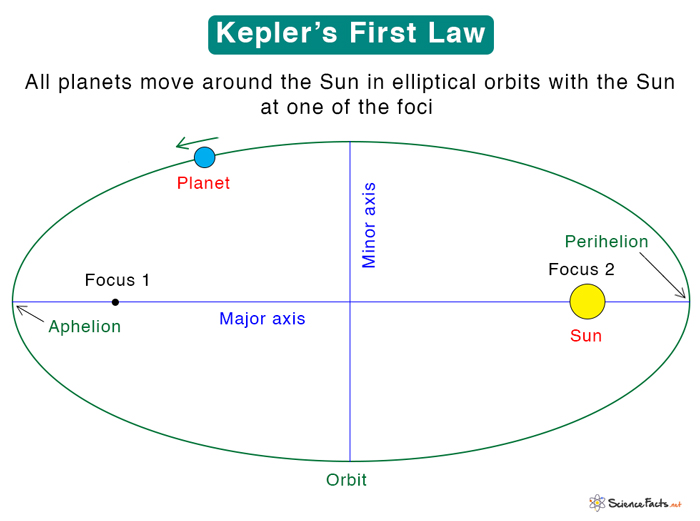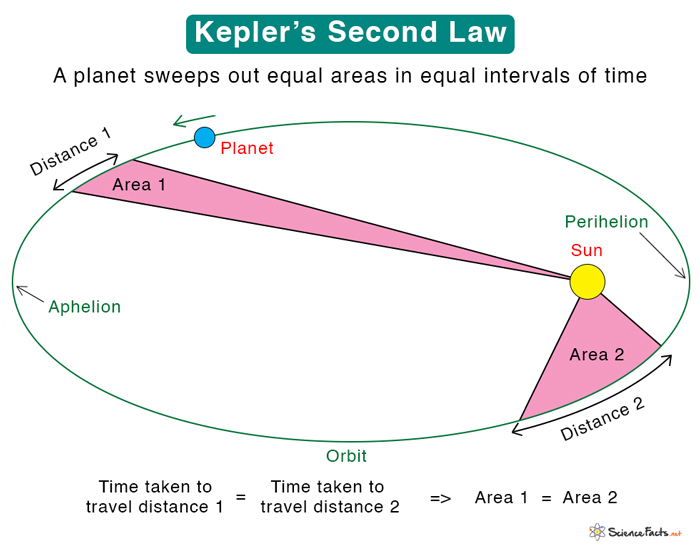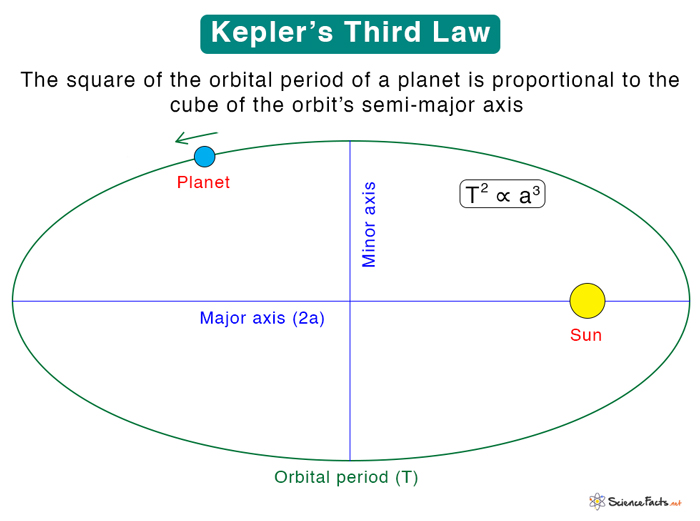Introduction
The cosmos has always been a source of fascination and curiosity for humanity. The celestial objects and their movement have always been a constant motivation for the expansion of our horizons of understanding and knowledge. The motion of planets along with the other celestial objects captivated our minds and inspired us to comprehend the pattern of their movement. Johannes Kepler, a pioneering astronomer of the 17th century, unraveled some of these mysteries with his revolutionary work on planetary motion. Kepler has given three laws, popularly known as Kepler’s laws of planetary motion to describe the motion of celestial objects. In this blog post, we embark on a journey through Kepler’s Orbit Chronicles, exploring the fundamental principles that govern motion in space.
Space Technology & Education Pvt. Ltd. (STEPL)’s “Space Explorers Workshop – Wandering through the Solar System” engages students in calculating the relative sizes of the planets and distances between planets in our solar system, building a model illustrating those distances to relative scale, and comparing the model to standard solar system illustrations. The finest space science and astronomy educational resources are those offered by us.
Kepler’s Laws of Planetary Motion:
Johannes Kepler presented three laws of planetary motion that have contributed to our understanding of how planets move in their orbits around the Sun. These laws, formulated in the early 17th century, holds an immense importance in appropriating the heliocentric model of the universe proposed by the Copernicus.
First Law – The Law of Ellipses:
The first law states that the orbit of a planet around the Sun is an ellipse and the Sun is featured at one of the two foci. This out-ruled the prevailing belief of perfectly circular orbits of planets around the Sun. The Kepler’s first law establishes a more accurate planetary paths and the eccentricity of an ellipse determines how much it deviates from a perfect circle.

Second Law – The Law of Equal Areas:
Kepler’s second law describes the speed of a planet moves in its orbit. It asserts that, over equal periods of time, a line segment connecting a planet and the Sun will cover equal areas. This infers that a planet travels faster in the area of its orbit closer to the Sun (perihelion) and slower in the area of its orbit farther away (aphelion). This adds into the crucial understanding of the planetary dynamics of orbital motion.

Third Law – The Harmonic Law:
The third law quantifies the relation between the orbital periods (T) of a planet to its average distance from the Sun. It states that the square of the orbital period is proportional to the cube of the semi-major axis (a) of the orbit. This law implied a quantitative relationship between the time it takes for a planet to complete one orbit and its distance from the Sun, offering an integrated understanding of the solar system’s dynamics.

The universe is boundless. The huge distances between objects in our solar system and beyond are difficult to understand. Our STEM workshop takes students on the engineering task of creating a walk-through model of a solar system employing Mathematical abilities and various equipment while using scientific principles. The workshop governs the Kepler’s law and is absolutely too fun.
Implications
Kepler’s laws revolutionized our understanding of the solar system’s dynamics but also aided in the Isaac Newton’s work on the universal gravitation. Newton’s laws of motion and the law of universal gravitation, combined with Kepler’s laws, formed the basis of classical celestial mechanics.
Kepler’s laws remain fundamental to our space exploration till date. We use these principles to plan and execute space missions, from satellite trajectories to interplanetary probes. Understanding Kepler’s laws enables precise predictions of celestial events, such as planetary transits and conjunctions.
Conclusion:
Kepler’s Orbit Chronicles stand as a testament to the power of human curiosity and the scientific method. Through meticulous observation and mathematical analysis, Kepler solved the riddles of planetary motion, forever altering our perception of the cosmos. As we continue to explore the universe, Kepler’s legacy lives on in the equations and principles that guide our spacecraft through the vastness of space and will remain a cornerstone in our quest to comprehend the intricate dance of celestial objects in the cosmic ballet.
—
If you like the blog, enroll your school or yourself (k-12 student) in our School Programs or Online Programs, call us at +91-74020 74020 or write to us for any query: getintouch@space-india.com


